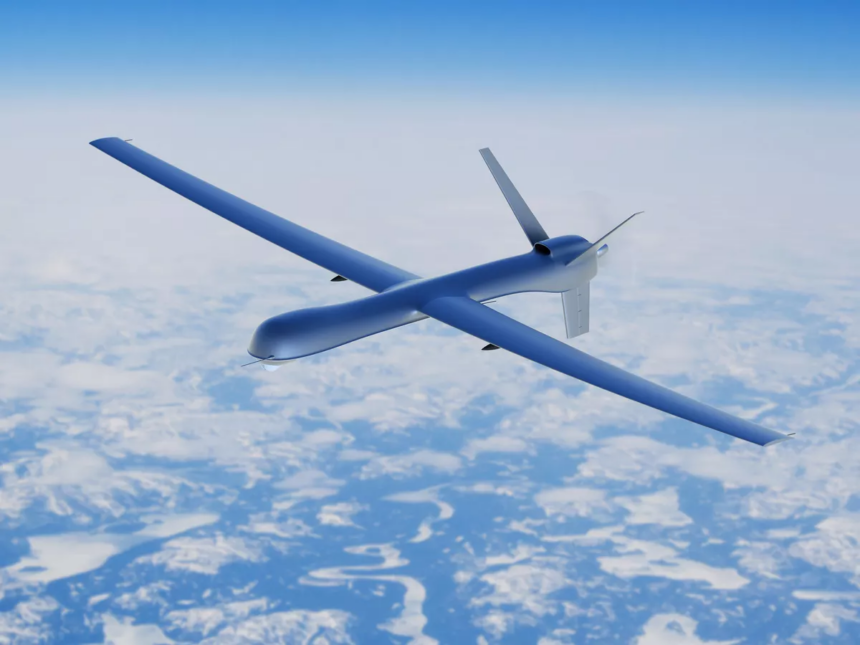RASC News Agency: Leaked Taliban documents reveal that the group’s Foreign Ministry has formally acknowledged repeated violations of Afghanistan’s airspace by Pakistani drones. In an official letter, the ministry reported that between January 3 and January 10, 2025, Pakistani unmanned aerial vehicles (UAVs) breached Afghanistan airspace at least 11 times, conducting reconnaissance missions over Helmand, Kandahar, Nangarhar, and Paktika provinces. While the precise objectives of these surveillance operations remain undisclosed, Pakistan has long accused the Taliban of sheltering Tehrik-i-Taliban Pakistan (TTP) militants within Afghanistan’s border regions. In a recent escalation, on January 3, Pakistani forces launched airstrikes on Barmal district in Paktika, asserting that the strikes targeted TTP hideouts. The Taliban, in an apparent attempt to divert attention from its well-documented ties to extremist factions, claimed that the attack resulted in civilian casualties, specifically among so-called “Waziristani migrants” from Pakistan’s Khyber Pakhtunkhwa province.
In its correspondence with the Taliban’s embassy in Islamabad, the Foreign Ministry expressed concerns over repeated Pakistani incursions along the border. The letter detailed how, on January 3 alone, Pakistani reconnaissance drones conducted three separate surveillance flights over Bahramcha district in Helmand. Subsequent drone activity was recorded over Barmal in Paktika, Registan in Kandahar, and multiple districts in Nangarhar, including Pachiragam, Ghoshta, Khogyani, Shirzad, and Lal Pur. These incidents follow previous reports of U.S. drone operations over Afghanistan, with the Pentagon confirming that it actively monitors terrorist activities in the country through aerial surveillance.
Both the United States and Pakistan have accused the Taliban of providing safe haven to terrorist and insurgent groups, further reinforcing Afghanistan’s status as a breeding ground for extremism. Despite its repeated assertions of sovereignty, the Taliban has admitted its complete lack of air defense capabilities, rendering it powerless to prevent foreign incursions and exposing the regime’s inability to assert genuine control over Afghanistan airspace.






